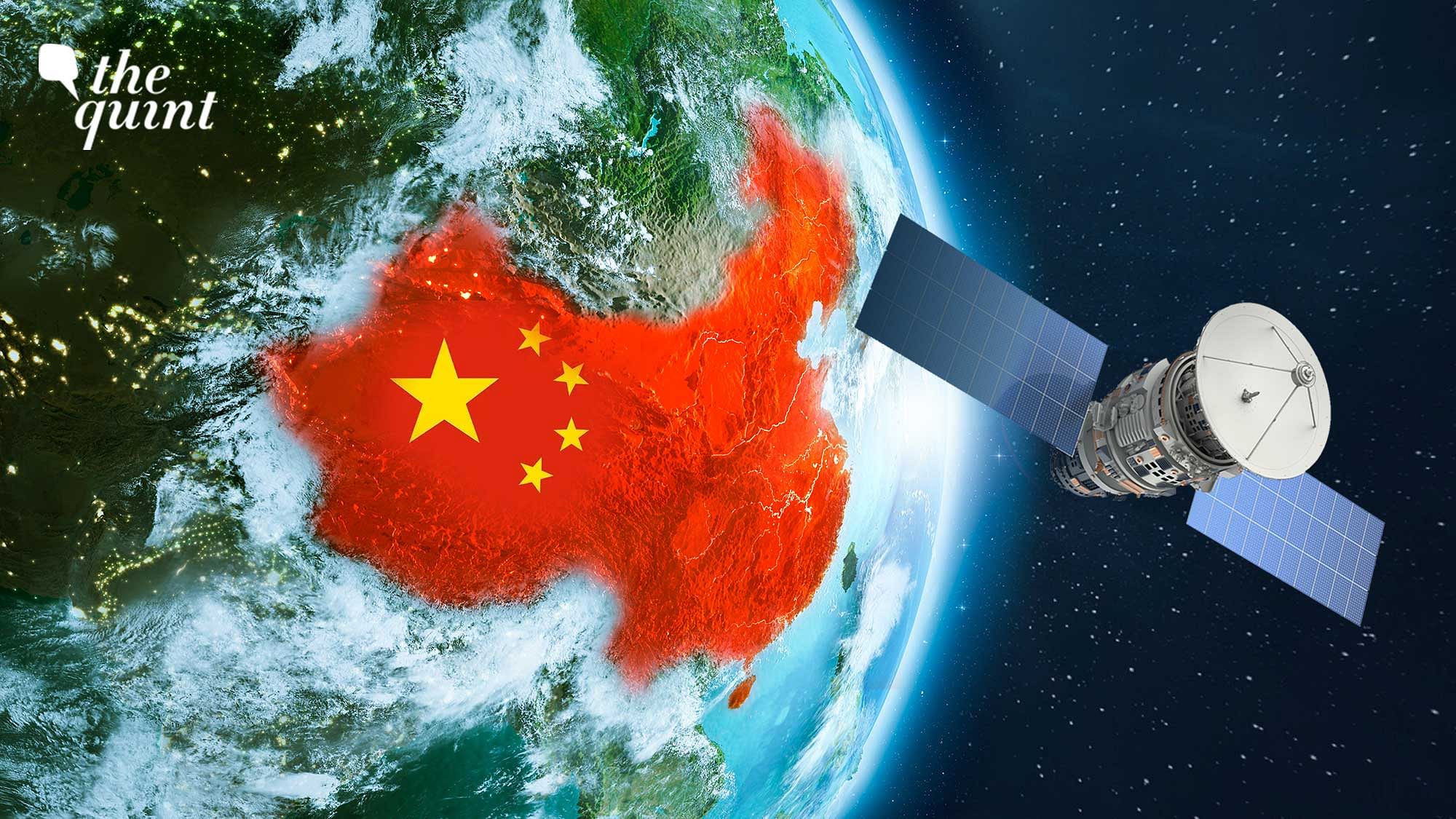China has to have the capability to identify and destroy SpaceX’s Starlink satellites, according to Chinese military experts in a report released in April. The research, headed by Ren Yuanzhen of the Beijing Institute of Tracking and Telecommunications, was published in the Chinese peer-reviewed journal Modern Defence Technology. The publication inexplicably disappeared from the online version of The South China Morning Post after The South China Morning Post reported on its contents.
David Cowhig, a former US ambassador, was able to complete the translation of the document before it vanished, which allowed him to uncover a number of preventative steps that were suggested to be taken against Starlink. According to the study, China has to “use a mix of soft and hard kill measures to disrupt the operating system of the constellation and deactivate part of the Starlink satellites.”
What is Starlink, in a nutshell?
Starlink is a satellite broadband constellation developed by SpaceX with the goal of providing low-cost internet to distant regions. The service already has 2,146 satellites in low Earth orbit, making it the biggest of its type. In the next five years, SpaceX plans to have as many as 12,000 satellites in its Starlink constellation, which will ultimately grow to 42,000. While conventional satellite internet services are provided by single geostationary satellites orbiting the earth at a distance of approximately 35,000 kilometers, Starlink satellites circle the planet at a distance of around 550 kilometers, minimizing signal delay.
Though satellite internet is often slower than standard broadband, it has the benefit of being widely accessible, even in rural regions where cable or cellphone towers are unavailable.
Why is China concerned about Starlink?
To address this question, consider an opinion post published this month in China Military Online, the Chinese military’s official news site, headlined “Starlink’s Expansion, Military Ambitions Alert World.” Starlink’s “unchecked growth” and SpaceX’s “ambition to utilize it for military objectives,” according to the author, Li Xiaoli, should raise international alarm bells.
The Use of Starlink in Ukraine
Xiaoli mentioned the usage of Starlink in Ukraine, where the US government assisted in the delivery of over 10,000 Starlink terminals. “Experts think that, in addition to aiding communication, Starlink might interact with UAVs and, utilizing big data and face recognition technology, may have already played a role in Ukraine’s military operations against Russia,” he added.
In addition to the high expense of Starlink and the doubtful demand for it, SpaceX’s existence is jeopardized by rising political and diplomatic danger. His assertions aren’t completely false. The Times reports that Ukrainian soldiers sent targeting information to artillery using reconnaissance drones that were connected to Starlink terminals.
Separately, Reuters claimed that Ukraine’s defense ministry is using face recognition technology from Clearview AI, a company located in the United States, which might help officials assess persons at checkpoints, expose Russian attackers, battle disinformation, and identify the dead. However, it’s unknown if this technology was employed in conjunction with Starlink.
‘A Strong Military Background’ is a term used to describe someone who has served in the military
Starlink has a “strong military background,” according to Xiaoli since the US Air Force has been testing it since 2018 to deliver low latency, high capacity internet to its jets. According to Space News, SpaceX received a $150 million contract to create military-use satellites in 2020 and struck a deal with the US Army to utilize Starlink’s internet to carry data across military networks.
“When finished, Starlink satellites will be able to be fitted with reconnaissance, navigation, and meteorological equipment to further increase the US military’s combat capacity in such areas as reconnaissance remote sensing, communications relay, navigation and positioning, attack and collision, and space sheltering,” Xiaoli said. “This will allow the US military to further improve its combat potential in such areas as reconnaissance remote sensing.”
Yuanzhen’s paper also said that Starlink’s patent application from 2017 said that it could be used for satellite communication and transmission, satellite imaging, remote sensing, and other services, which “suggests that it has a lot of potential for combat information support and other services.”
A Net All Around the World
Another reason China opposes Starlink is that it intends to occupy the majority of low-Earth orbit. “The LEO can handle roughly 50,000 satellites,” Xiaoli says, “and almost 80% of them would be absorbed by Starlink if the program launched 42,000 satellites as planned.” In December 2021, China filed a protest with the United Nations, claiming that it had to perform evasive maneuvers on its space station to prevent colliding with two Starlink satellites.
Source: TheQuint

